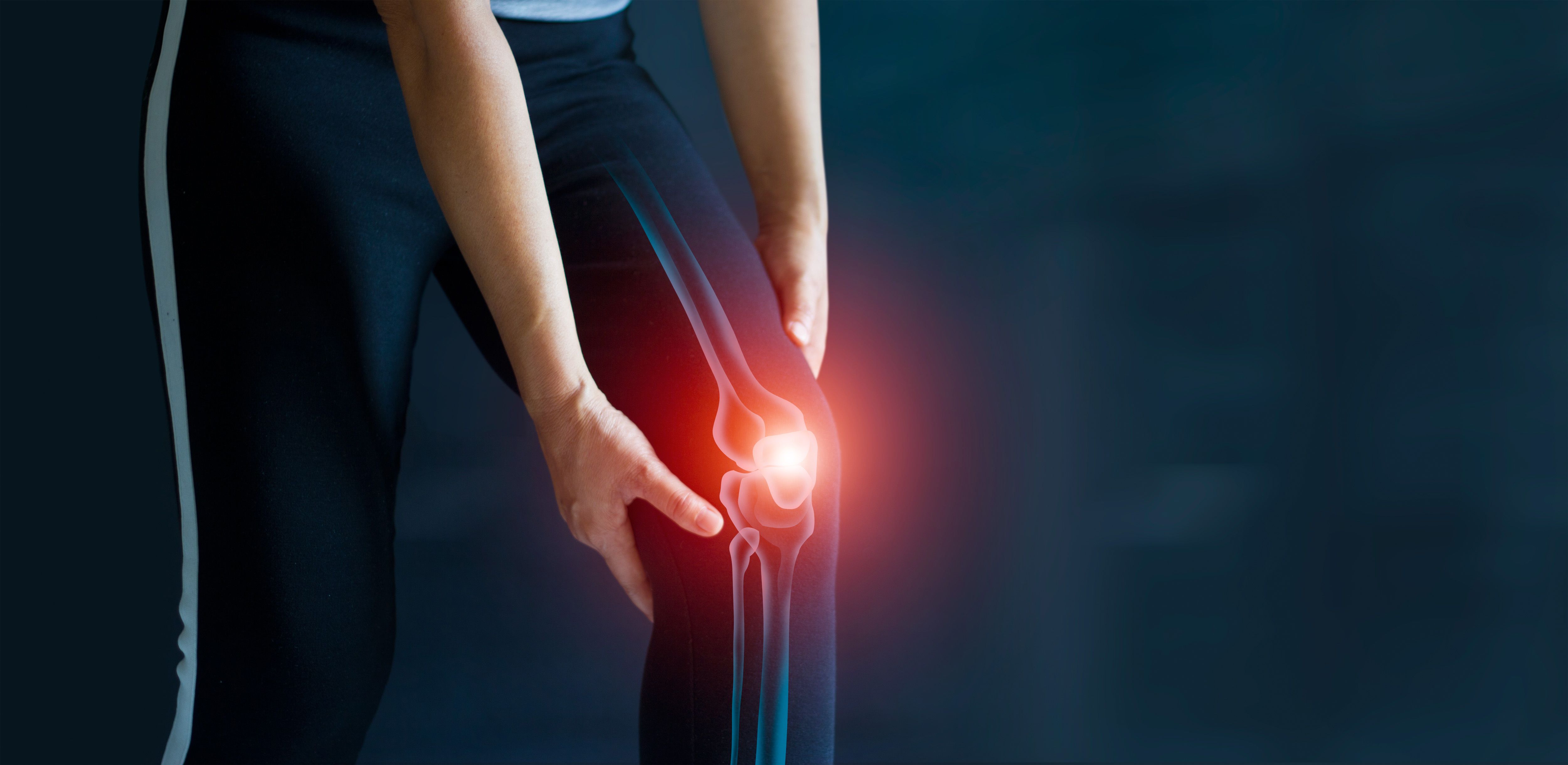Article
Adverse Outcomes with Intra-Articular Corticosteroid Injections in OA
Author(s):
Intra-articular corticosteroid injections for relief of the pain of hip or knee osteoarthritis may be harmful in some patients with at-risk conditions or may cause complications that are not well understood, say researchers writing in Radiology this month.

Intra-articular corticosteroid injections for relief of the pain of hip or knee osteoarthritis may be harmful in some patients with at-risk conditions or may cause complications that are not well understood, say researchers writing in Radiology this month.
Intra-articular corticosteroid injections are commonly performed and have been conditionally recommended by the American College of Rheumatology, while the Osteoarthritis Research Society International recommends that these injections should be considered in certain patients. However, the American Academy of Orthopedic Surgeons has advised clinicians to seek emerging evidence for or against the use of intra-articular injections in the knee.
“There is a growing body of evidence to suggest that intra-articular corticosteroid injection can accelerate the progression of joint degeneration,” wrote the authors, led by Ali Guermazi, M.D., Ph.D., of Boston University School of Medicine in Massachusetts. “There is a lack of prospective and large retrospective studies evaluating potential joint findings, including increased risk for accelerated osteoarthritis progression or adverse joint events, following after treatment with intra-articular corticosteroid injection.”
This outcome review followed 459 injection procedures performed during 2018 in a single center. The injection protocol involved 40 mg triamcinolone, 2 mL of 1 percent lidocaine, and 2 mL of 0.25 percent bupivacaine.
Four potential adverse events from intra-articular corticosteroid injection were identified. Accelerated osteoarthritis progression, characterized by rapid loss of radiographic joint space, was reported in 6 percent of patients, following hip injections in 21 patients and knee injections in five patients. Subchondral insufficiency fractures were evident seen in 0.9 percent of patients, who were all undergoing intra-articular hip injections. Complications of osteonecrosis occurred in 0.7 percent of patients, while rapid joint destruction, including bone loss, was evident in 0.7 percent of patients, of which two patients had hip injections and one had a knee injection.
“Given the relative ease of performance and the low cost of radiography, there should be a low threshold to obtain radiographs before performing an intra-articular corticosteroid injection, as the intervention may affect the disease course (ie, it may result in accelerated progression),” the authors wrote.
The authors recommended that a subchondral insufficiency fracture must be identified before intra-articular corticosteroid injection, as glucocorticoids may inhibit the healing process of such a fracture. Meanwhile, in patients who have pain but no apparent osteoarthritis or minimal structural changes on radiographs, the indication for injection should be closely examined, as destructive or rapidly progressive joint space loss tends to develop in such patients, and MRI may be helpful to further evaluate the actual cause of pain in such cases.
"Clinicians should consider obtaining a repeat radiograph before each subsequent intra-articular injection to evaluate for progressive narrowing of the joint space and any interval changes in the articular surface that can indicate subchondral insufficiency fracture or type 1 or 2 rapidly progressive osteoarthritis.
“When a patient with femoral head osteonecrosis without collapse is referred to our clinic for intra-articular corticosteroid injection, IACS injection, the potential of accelerating the osteonecrosis leading to joint collapse, the potential for worsened pain, and the need for joint replacement to relieve the pain are now routinely included in the patient’s informed consent at our institution,” the authors wrote.
REFERENCE
Andrew J. Kompel, Frank W. Roemer, Akira M. Murakami, et al. “Intra-articular Corticosteroid Injections in the Hip and Knee: Perhaps Not as Safe as We Thought?” Radiology. October 15, 2019. DOI: 10.1148/radiol.2019190341




